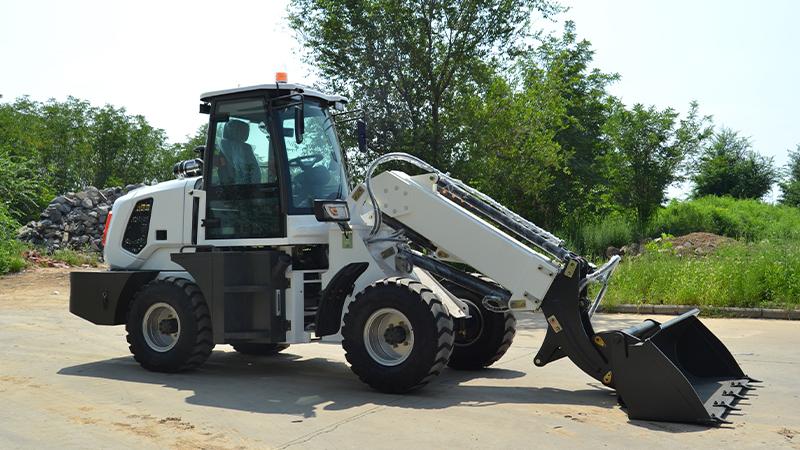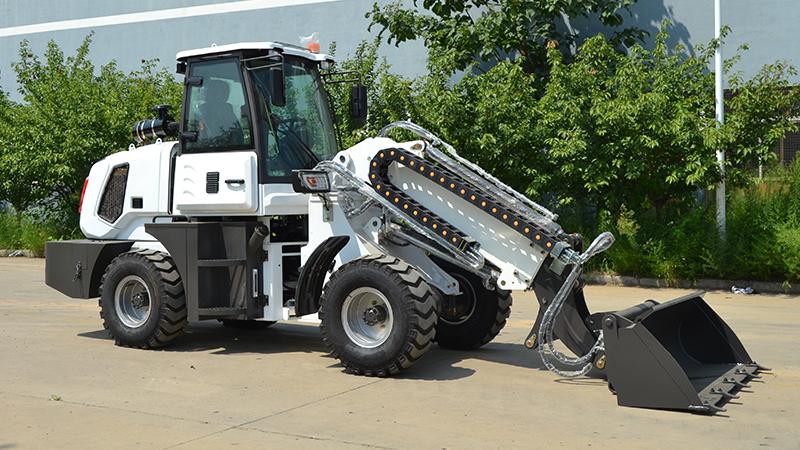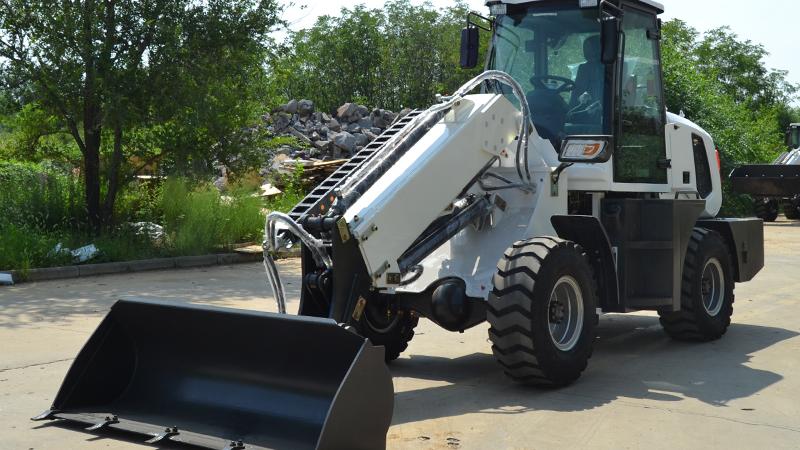The landscape of modern construction, agriculture, and logistics is increasingly defined by the need for power and precision in confined spaces. Enter the compact telescopic handler, a machine that has fundamentally altered the capabilities of small to mid-sized worksites. Unlike traditional forklifts or skid steers, which are limited to vertical lift or minimal forward reach, the compact telehandler combines the robust lifting power of a crane with the mobility and attachment versatility of a loader, all within a footprint designed to navigate standard doorways and tight alleyways. This innovation addresses a critical gap in the market, offering a single-machine solution for tasks that previously required multiple pieces of equipment. The core of its revolutionary design lies in two key performance metrics: its lifting capacity and its maximum reach. These figures are not just specifications on a sheet; they represent the machine's ability to place heavy loads precisely where they are needed, overcoming obstacles and working at height without constant repositioning. This transforms workflows on urban infill projects, complex interior renovations, dense warehouse operations, and busy farmsteads, setting a new standard for efficiency and operational flexibility. The adoption of this equipment signals a shift towards smarter, more integrated machinery that prioritizes doing more with less—less space, less time, and less overall equipment cost.
Delving into the technical specifics, the performance envelope of a typical compact telescopic handler is genuinely impressive. The lifting capacity, which denotes the maximum weight the machine can safely hoist, generally ranges from 1.5 to 3.5 tons for most models in this class, with a significant number of industry-leading machines stabilizing around the 2.5-ton mark. This capacity allows them to handle everything from pallets of block and brick to large bundles of roofing materials and industrial equipment. However, the true game-changer is the maximum forward reach. This is the distance the telescopic boom can extend horizontally from the front of the machine, allowing it to place loads over obstacles and into areas inaccessible to other compact equipment. A standard compact telehandler typically boasts a maximum reach of between 5 and 6 meters, with some high-performance models pushing close to 7 meters. This combination of strength and extension means a compact telehandler parked on stable ground can service the second story of a building, reach across a trench, or place a load directly in the center of a deep trailer. It is this "power at a distance" that fundamentally separates it from its counterparts, enabling a single operator to achieve tasks that would otherwise require a crane or complex manual labor, thereby dramatically compressing project timelines and reducing labor costs.
The practical applications born from this synergy of substantial lifting capacity and extensive reach are virtually limitless, redefining productivity across sectors. On a residential construction site, a single compact telehandler can unload a delivery truck, place building materials on the first floor, and then, without ever moving its chassis, extend its boom to precisely set windows on the second floor or lift roof trusses into position. In an agricultural setting, it becomes the farm's primary muscle, effortlessly moving heavy seed and fertilizer pallets, stacking hay bales in high, tight barns, and even acting as a elevated platform for repairing irrigation systems or pruning orchards. Industrial and warehouse environments benefit immensely from its ability to place pallets in deep, high racking, reposition heavy machinery within a crowded factory floor, and handle awkward loads in cramped loading bays. This core functionality is exponentially multiplied by a wide array of quick-attach tools beyond the standard forks, including buckets, grapples, jibs, and personnel platforms, transforming the machine from a simple lift-and-carry device into a multi-tool that can dig, sweep, lift, and place. The resulting efficiency gains are monumental, leading to safer work environments with less physical strain on workers, significantly faster project completion times, and a remarkable return on investment by consolidating the functions of several specialized machines into one intelligent, adaptable platform.
Looking toward the future, the evolution of the compact telescopic handler is firmly geared towards greater intelligence, integration, and sustainability. Manufacturers are continuously refining the hydraulics and control systems to make these machines even more powerful, precise, and fuel-efficient. The emergence of all-electric and hybrid models is already addressing the demand for zero-emissions operation, making them ideal for indoor applications and environmentally sensitive projects. Furthermore, the integration of smart technology is becoming standard. Advanced Load Moment Indicator (LMI) systems enhance safety by preventing overloading, while telematics packages provide fleet managers with real-time data on machine location, utilization, and maintenance needs. Some models are even incorporating assisted steering and semi-automatic functions that simplify complex lifting procedures. As global trends continue to emphasize urban densification and operational efficiency, the demand for these versatile, powerful, and compact machines is set to grow exponentially. They are no longer just an alternative to a skid steer or a forklift; they have carved out a crucial and expanding niche as the ultimate tool for doing big jobs in small spaces, proving that physical footprint is no longer a limitation on productivity and capability.
Post time:Oct.24.2025



